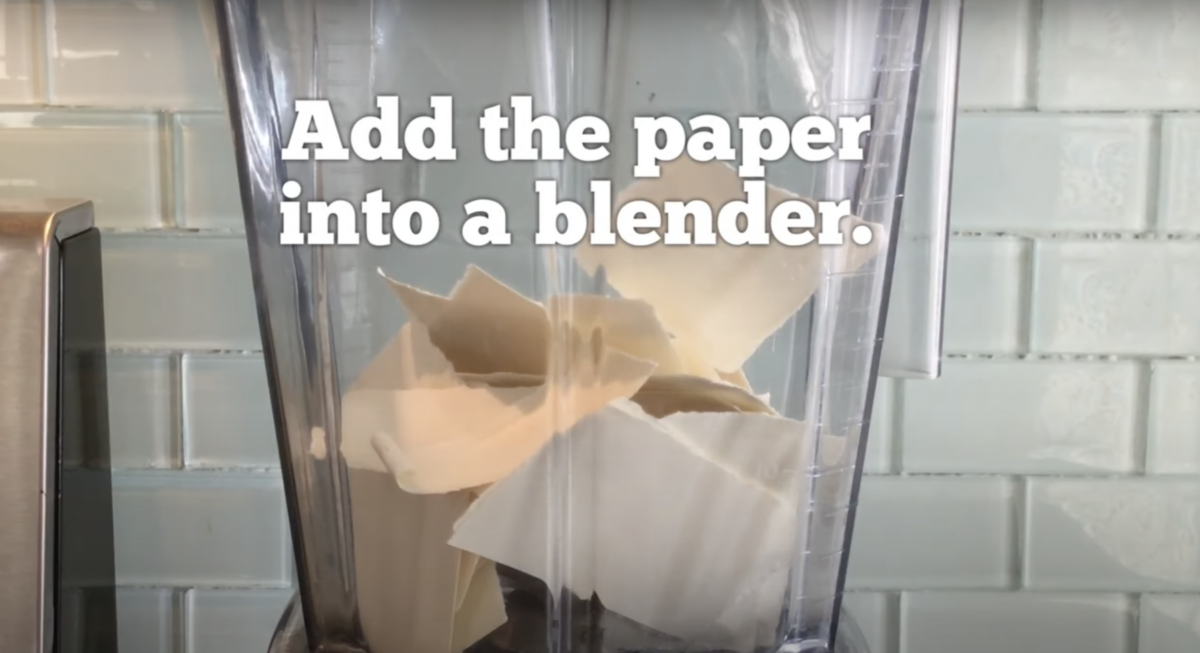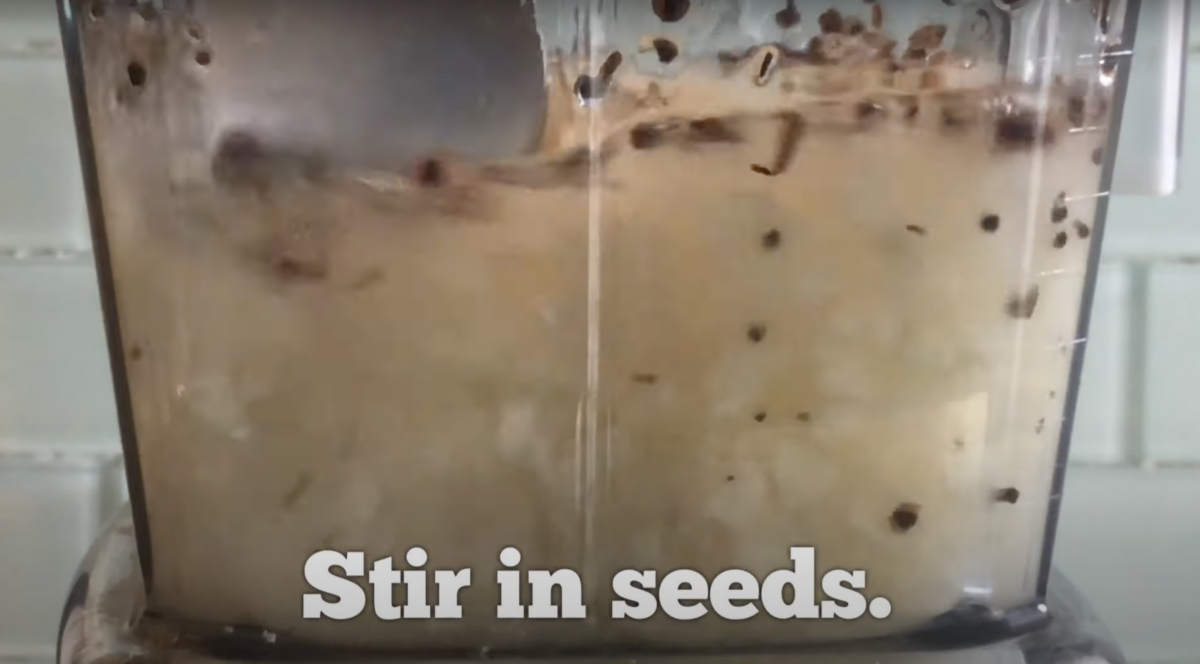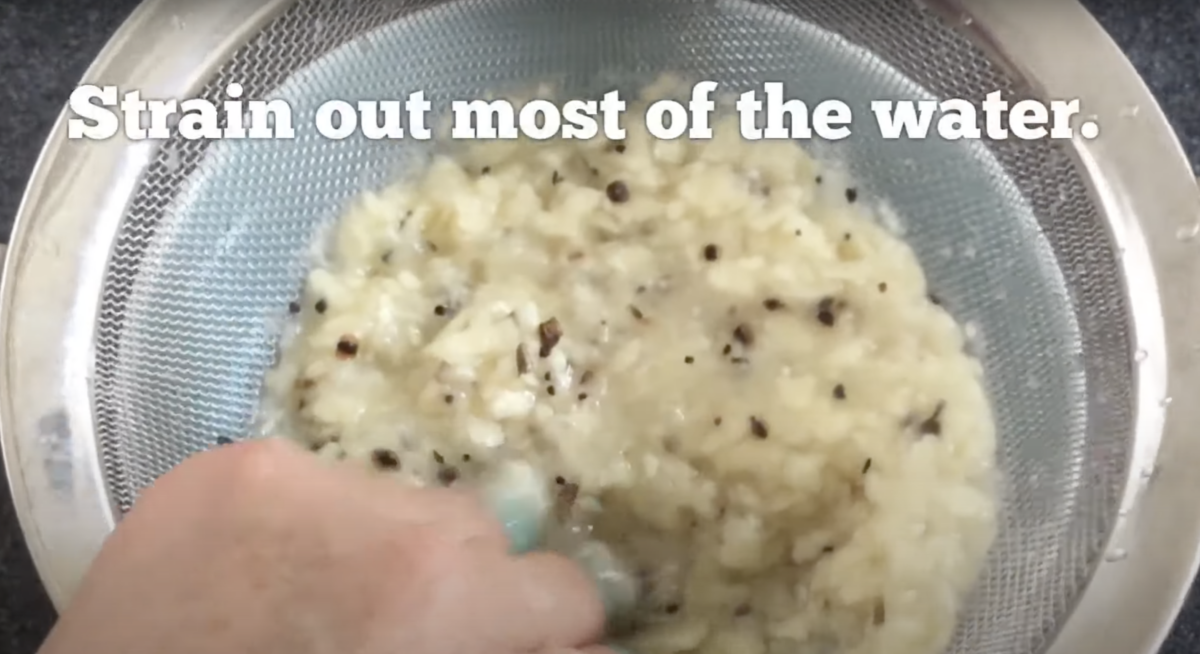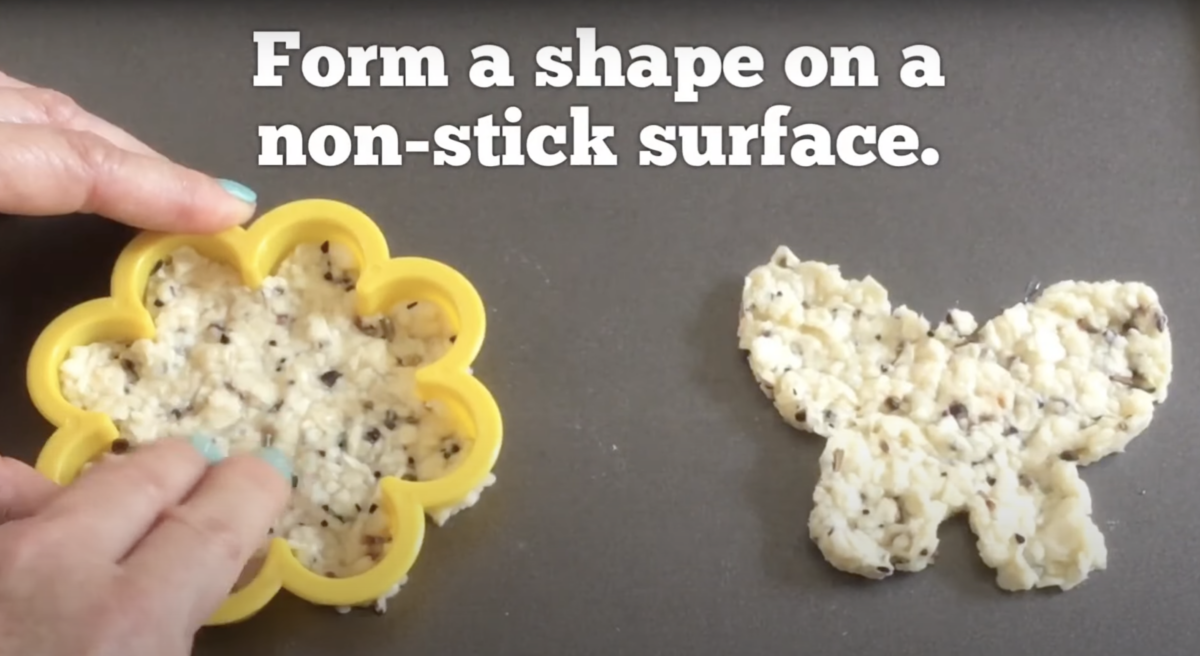Learn How to Make Seed Paper With This Fun Craft
This art project perfectly mixes two great lessons—growing plants and recycling. Seed paper is the perfect project for little hands. Plus, it’s a great project for Earth Day for your latest plant and science unit. It’s also just a fun art project and would be perfect for creating a birthday gift or Mother’s Day Surprise.
Here’s how to make seed paper while also teaching your kids about the planet, recycling, upcycling, and more. It truly is the gift that keeps on giving, turning into flowers, while also being easy to make.
What You Need to Make Seed Paper
- Wildflower seeds
- Cookie cutters
- Water
- Strainer
- Recycled paper
Seed Paper Instructions:

Step 1: Tear and Blend

Tear the recycled paper up (construction paper works great) and put the pieces in a blender. Add water and blend.
Based on how much paper you use, add in a little bit of water at a time. You want the texture to be kind of mushy overall. If you want to get creative, try mixing colors to see what you end up with.
Step 2: Add Seeds
Next, stir in the seeds using a spoon (don’t blend). You can use a general wildflower mix or something specific like zinnias if you’d like.
About a teaspoon of seeds should be enough, but if it doesn’t look like enough, it’s always fine to add more.

Step 3: Strain

Place the paper, water, and seed mixture into the strainer, and strain out most of the water.
Be sure you still have plenty of seeds. If you need to add a bit more, you can still do so in this step.
Step 4: Make Your Shape
On a non-stick surface, use cookie cutters to press shapes with your seed pulp.
If you don’t have cookie cutters, you can always just create shapes with your own hands, too.

Step 5: Dry and Decorate

Let your seed paper dry overnight. Then you can color it, draw a picture, and personalize it to give it as a gift to someone.
Make sure to let the person you’re giving it to know that the paper can be planted for a wonderful surprise: flowers! You can write little instructions or include a card to let people know they should cover their seed paper with soil and water it regularly.
Tip: Want to add colors to your seed paper? You can use food coloring, or you might even experiment with creating your own natural dyes with materials like beets or flowers.
